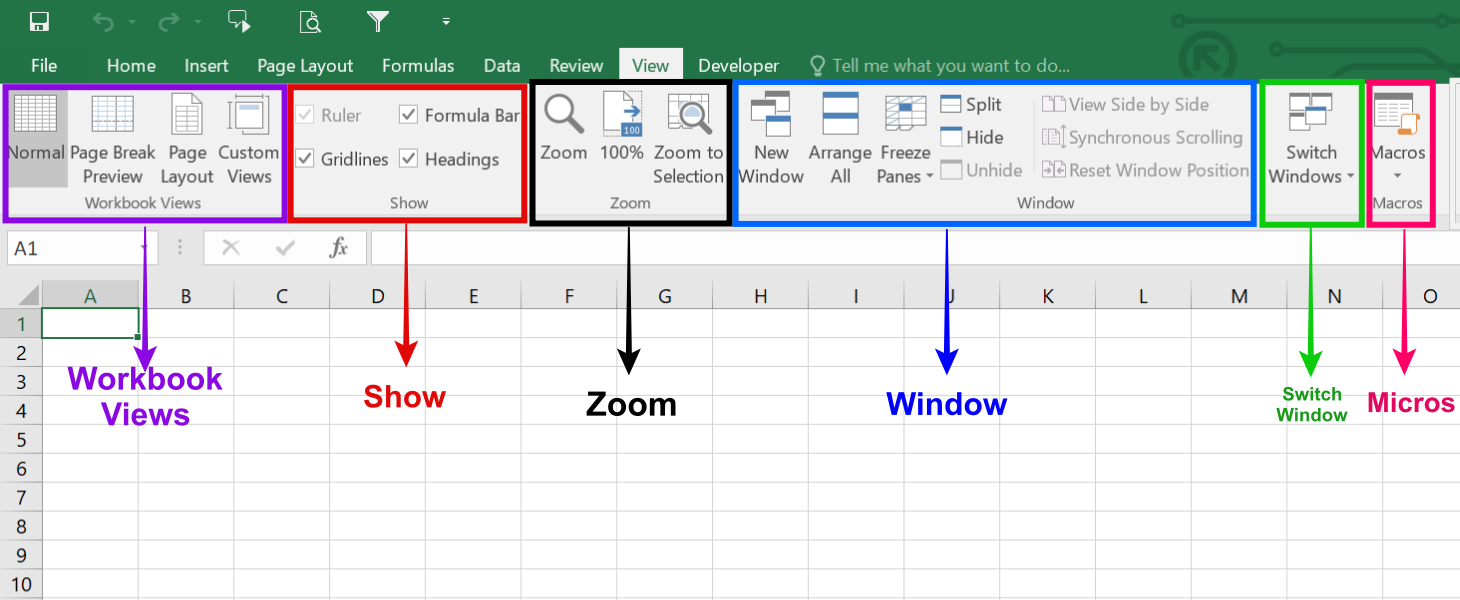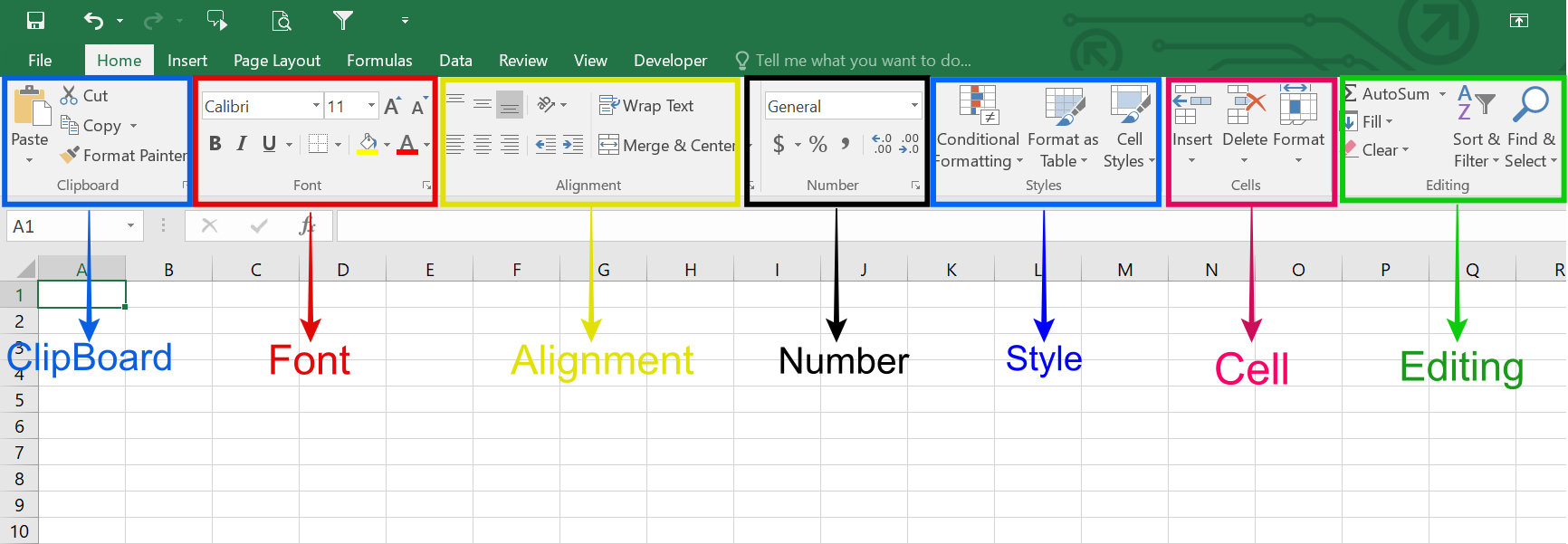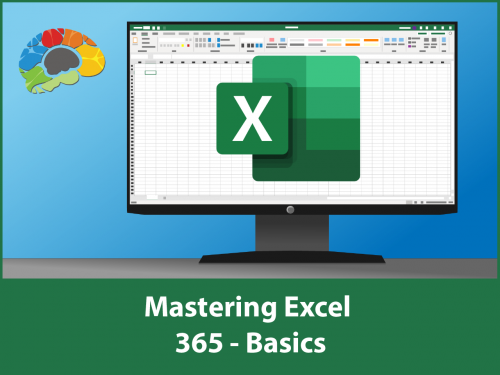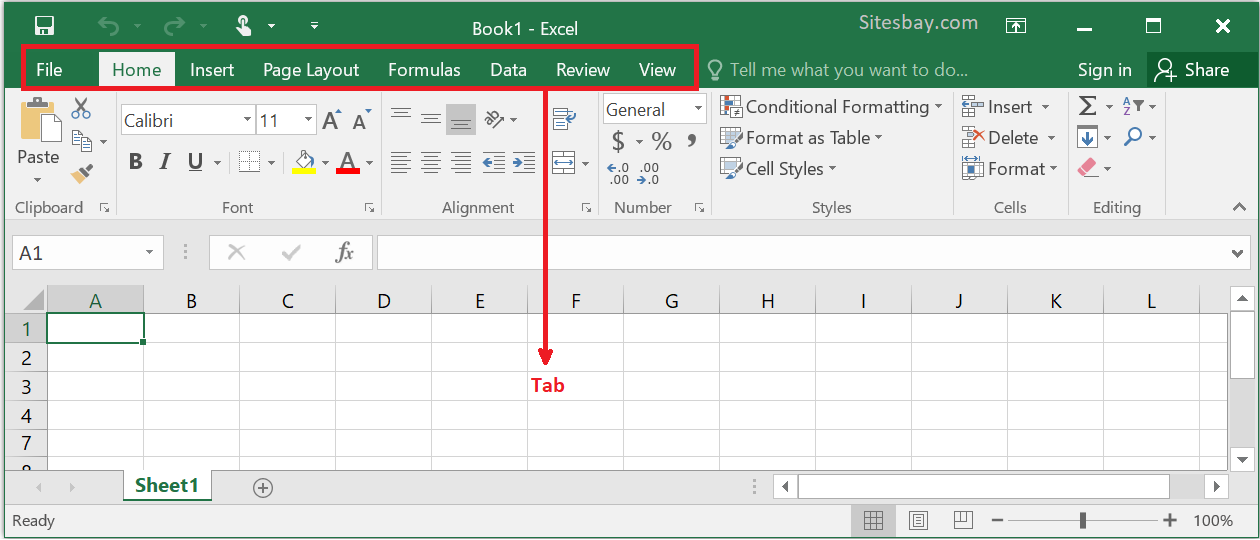
Microsoft Excel is a powerful tool for data analysis and visualization. With its vast array of features and functions, it can be overwhelming for beginners to navigate. However, understanding the essential tabs in Excel can help you unlock its full potential and streamline your workflow. In this article, we'll delve into the most important tabs you need to know to become an Excel master.
Excel's interface is divided into several tabs, each with its own set of tools and functions. The tabs are organized in a logical manner, making it easy to find what you need. Let's explore the essential tabs you need to know to become proficient in Excel.
Home Tab
The Home tab is the default tab in Excel and provides access to the most frequently used tools and functions. This tab is divided into several groups, including Clipboard, Font, Alignment, Number, and more.

Some of the key features in the Home tab include:
- Clipboard: Cut, copy, and paste data
- Font: Change font style, size, and color
- Alignment: Align data horizontally and vertically
- Number: Format numbers, including currency, dates, and times
Insert Tab
The Insert tab allows you to add various elements to your worksheet, including tables, charts, shapes, and more.

Some of the key features in the Insert tab include:
- Tables: Insert tables, pivot tables, and charts
- Illustrations: Add images, shapes, and icons
- Charts: Create various types of charts, including column, line, and pie charts
- Add-ins: Install and manage add-ins, including third-party apps
Page Layout Tab
The Page Layout tab allows you to control the layout and design of your worksheet.

Some of the key features in the Page Layout tab include:
- Themes: Apply pre-designed themes to your worksheet
- Margins: Adjust margin settings, including header and footer margins
- Orientation: Change the orientation of your worksheet, including landscape and portrait
- Size: Adjust the size of your worksheet, including paper size and scaling
Formulas Tab
The Formulas tab provides access to various formula and function tools.

Some of the key features in the Formulas tab include:
- Function Library: Access various functions, including SUM, AVERAGE, and COUNT
- Formula Auditing: Troubleshoot and debug formulas
- Calculation: Control calculation settings, including automatic and manual calculation
Data Tab
The Data tab provides tools for managing and analyzing data.

Some of the key features in the Data tab include:
- Data Tools: Access various data tools, including data validation and data analysis
- Data Analysis: Perform data analysis, including pivot tables and charts
- External Data: Import and manage external data, including databases and web pages
Review Tab
The Review tab provides tools for reviewing and editing your worksheet.

Some of the key features in the Review tab include:
- Proofing: Check spelling and grammar
- Comments: Add and manage comments
- Changes: Track changes made to your worksheet
View Tab
The View tab provides tools for customizing your worksheet view.

Some of the key features in the View tab include:
- Workbook Views: Switch between different workbook views, including normal, page break, and page layout
- Zoom: Adjust the zoom level of your worksheet
- Window: Manage windows, including arranging and resizing windows
Developer Tab
The Developer tab provides tools for developers and advanced users.

Some of the key features in the Developer tab include:
- Visual Basic: Access the Visual Basic Editor
- Macros: Record and run macros
- Add-ins: Install and manage add-ins
Gallery of Excel Tips and Tricks:




FAQs:
What is the most important tab in Excel?
+The Home tab is the most important tab in Excel, as it provides access to the most frequently used tools and functions.
How do I insert a table in Excel?
+To insert a table in Excel, go to the Insert tab and click on the "Table" button.
What is the difference between a formula and a function in Excel?
+A formula is a mathematical expression that performs a calculation, while a function is a pre-defined formula that performs a specific task.
In conclusion, mastering the essential tabs in Excel can help you unlock its full potential and streamline your workflow. By understanding the Home, Insert, Page Layout, Formulas, Data, Review, and View tabs, you can perform various tasks, including data analysis, visualization, and management. Additionally, the Developer tab provides tools for developers and advanced users. With practice and experience, you can become an Excel master and take your data analysis skills to the next level.











